Lands ministry clarifies on status of Albertine Region Sustainable Development Project roads
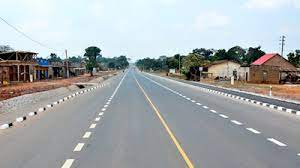
The Ministry of lands, Housing and Urban Development, has clarified on the variations in length between the engineers estimate and the constructed distance, for roads in the western district of Hoima, which sections of the media had reported as inflated.
Media reports had earlier this week reported Hon Peter Ogwang, the junior finance minister in charge of Economic Monitoring, as questioning the quality and length of 8 gravel roads that have been rehabilitated with World Bank funding, under the Ministry of Lands, Housing and Urban Development project. Ogwang was quoted as saying the works were “shoddy” and the length “inflated”. Ministry would like to clarify as follows:
However, according to Richard Juuko, the undersecretary at the ministry, the roads in question were delivered to specification by M/S Abubaker Technical Services and General Supplies Ltd, who were contracted to rehabilitate a total of eight gravel surface roads with a nominal distance of 118.1km in Hoima district. The approximate distance was measured by Hoima District Local Government but upon completion of works, it was found that actual distance of the rehabilitated 8 roads was 370 meters shorter, 117.64km. That fact was conveyed in the completion reports submitted to government and the World Bank.
Juuko says under the contract, the contractor is paid only for works executed and so there was no room for foul play. “During construction, road kilometre measurement for clarity and correctness is done by use of “a walking tape” as opposed to the car odometer as the Hon. Minister has been quoted. Further to note, is the fact that the project road works were based on an admeasurement contract; this means that only measured works were paid.”
An Admeasurement contract is one under which the Works are executed on the basis of agreed rates and prices in a bill of quantities and payment is made for the quantity of work actually executed.
“All the contracted works were completed and the contract is still undergoing DLP- Defects Liability Period until September 30, 2021. Under the Defects Liability Period, all identified technical defects are handled and reworked, so that by the time the period ends, a proper job has been done and this is what is going on at the moment,” Juuko explained further.
The roads in question form part of the World Bank funded Albertine Region Sustainable Development Project (ARSDP), which has three different components falling under separate jurisdictions. The first component is implemented by the Uganda National Roads Authority UNRA, under the Regional Connectivity objective. The second component is implemented by the Ministry of Lands, Housing and Urban Development under the Local Access and Planning objective, while the final component is implemented by the Ministry of Education under the Skilling and Upgrading objective.
The project covers 9 growth centres – Wanseko and Biiso in Buliisa District; Kigorobya and Butema in Hoima District, Kabwoya, Kyaruseisa, Kyangwali, Kiziranfumbi and Buhuka in Kikuube District. The beneficiary districts were involved in the preparation of Physical Development Plans (PDPs) for the growth centres that were also approved by the respective Local Councils and ratified by the National Physical Planning Board. The Local Governments are using the PDPs to plan and ensure orderly development in their respective areas.
In all, Engineering Design, Environmental and Social Impact Assessments and Tender Documentation were prepared to cover 359.6 km of gravel roads, 147km of which were in Hoima, 106.3 km in Buliisa and 80.3 km in Kikuube District. However, Juuko explains that two roads the 21.3km Wanseko-Ngwedo sector in Buliisa and the 26km Hohwa – Kyaruseisa – Butoole sector in Hoima were later removed and taken over by UNRA for upgrade to tarmac under the latter’s Critical oil roads project, leaving a difference of only 312km for implementation under ARSDP-component 2.
Some 11.63 km of roads for upgrade to tarmac were designed including 9.63 km in Buliisa Town Council and 2.0 km in Butiaba Town Council. The project also included 13 local markets in Wanseko, Buliisa Central, Ngwedo, Bugoigo, Walukuba, Kalolo, Karakaba and Butiaba in Buliisa District; Kigorobya and Kabale in Hoima District and Kyangwali, Buhuka in Kikube District. Two fish landing sites at Runga in Hoima District) and Buhuka in Kikuube District, and 25 fish cages were also constructed as well as one animal slaughter house at Buseruka Sub-County in Hoima District.
A total of 150.31 km gravel of roads -117.64km in Hoima, 29.92km in Buliisa District and 2.75km in Buliisa Town Council, were rehabilitated, with civil works completed in January 2021 for Hoima 2021 and March 2021 for Buliisa. The completed works were commissioned by the then Hon Minister for Lands, Housing and Urban Development.
Seven kilometres of Urban roads in Buliisa Town Council were upgraded to bitumen standard, complete with solar street lights, culverts, walkways, and drainages with works completed in July 2021. The contractor is now finalizing works on access roads which are scheduled for commissioning next month. Construction of three local markets of Biiso in Buliisa, Kabale in Hoima and Buhuka in Kikuube is ongoing, with an expected completion date of December 8, 2021.

 100+ Accelerator selects Ugandan startup Yo-Waste to pilot glass recycling at Nile Breweries
100+ Accelerator selects Ugandan startup Yo-Waste to pilot glass recycling at Nile Breweries
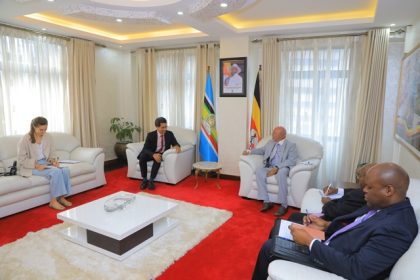 With eyes on oil and gas, France pledges USD 3 billion investment in Uganda
With eyes on oil and gas, France pledges USD 3 billion investment in Uganda
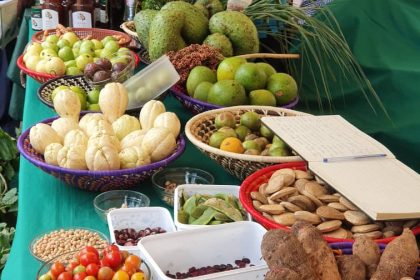 Uganda urged to pitch for organic produce during NAM Summit
Uganda urged to pitch for organic produce during NAM Summit
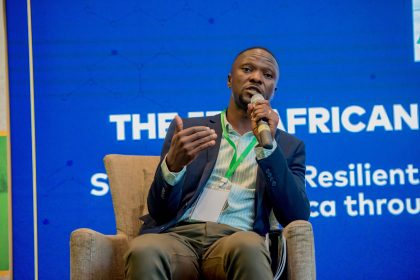 NOGAMU’s Namuwoza tapped to lead bid for increased intra-African trade in organics
NOGAMU’s Namuwoza tapped to lead bid for increased intra-African trade in organics
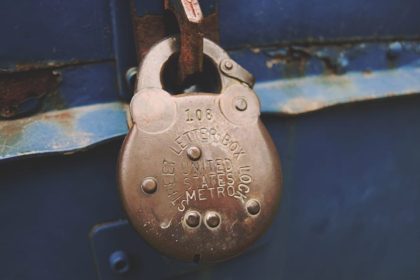 From 3 padlocks to a click: Sipi Organic’s long walk to digital banking
From 3 padlocks to a click: Sipi Organic’s long walk to digital banking
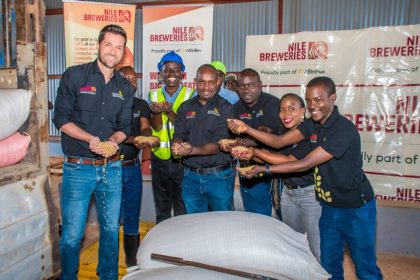 Nile Breweries launches UGX 4Bn barley processing facility in Kween district
Nile Breweries launches UGX 4Bn barley processing facility in Kween district
